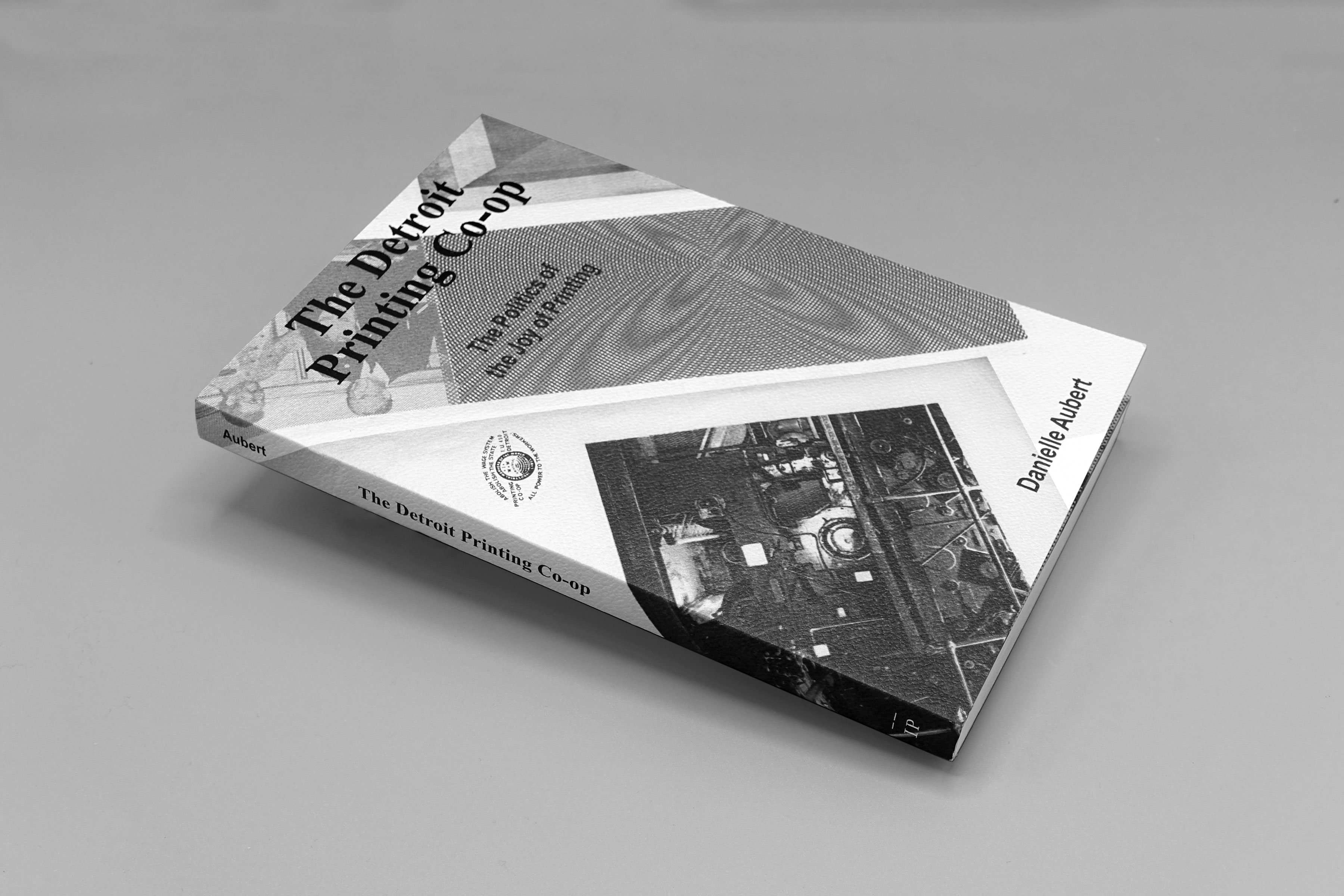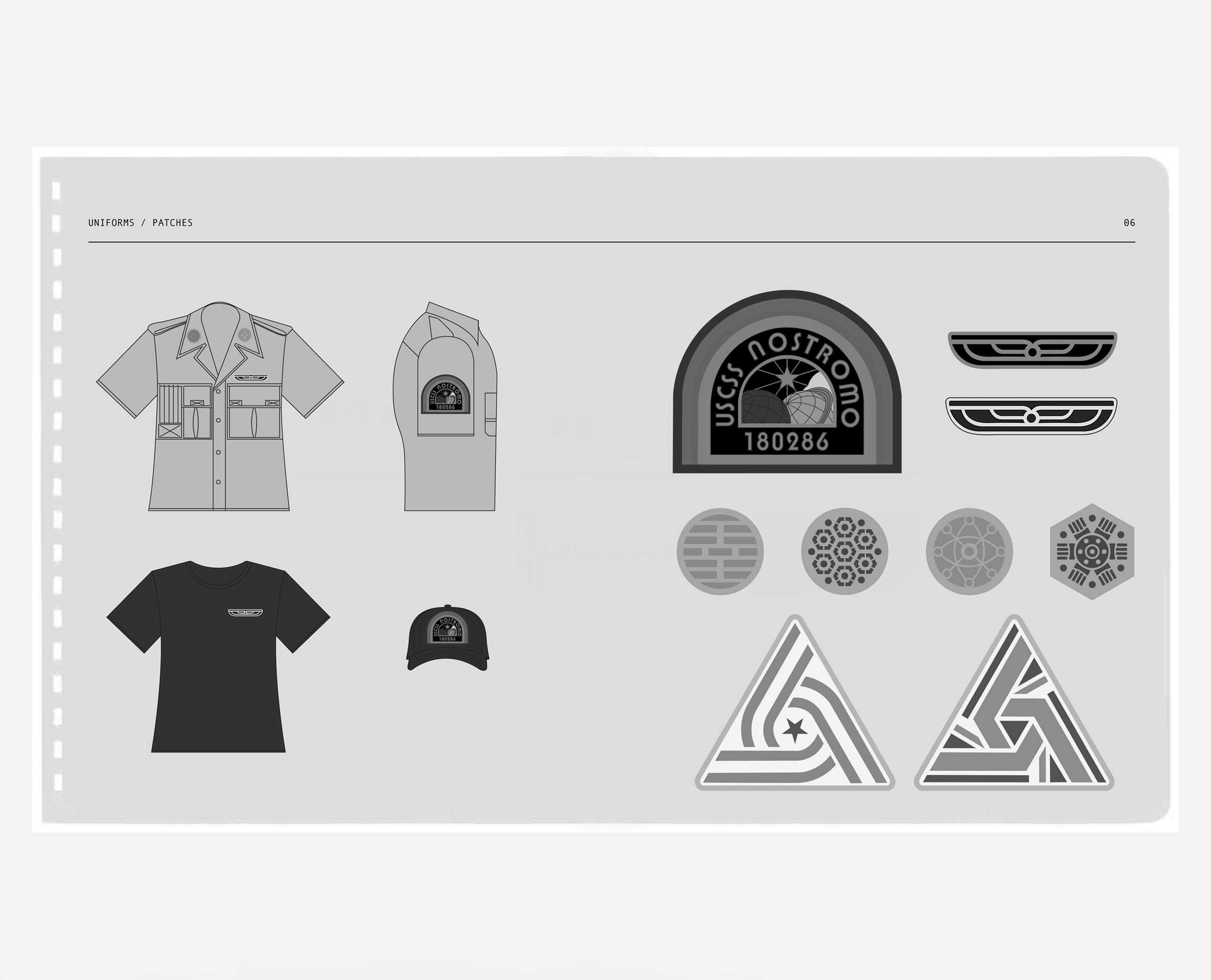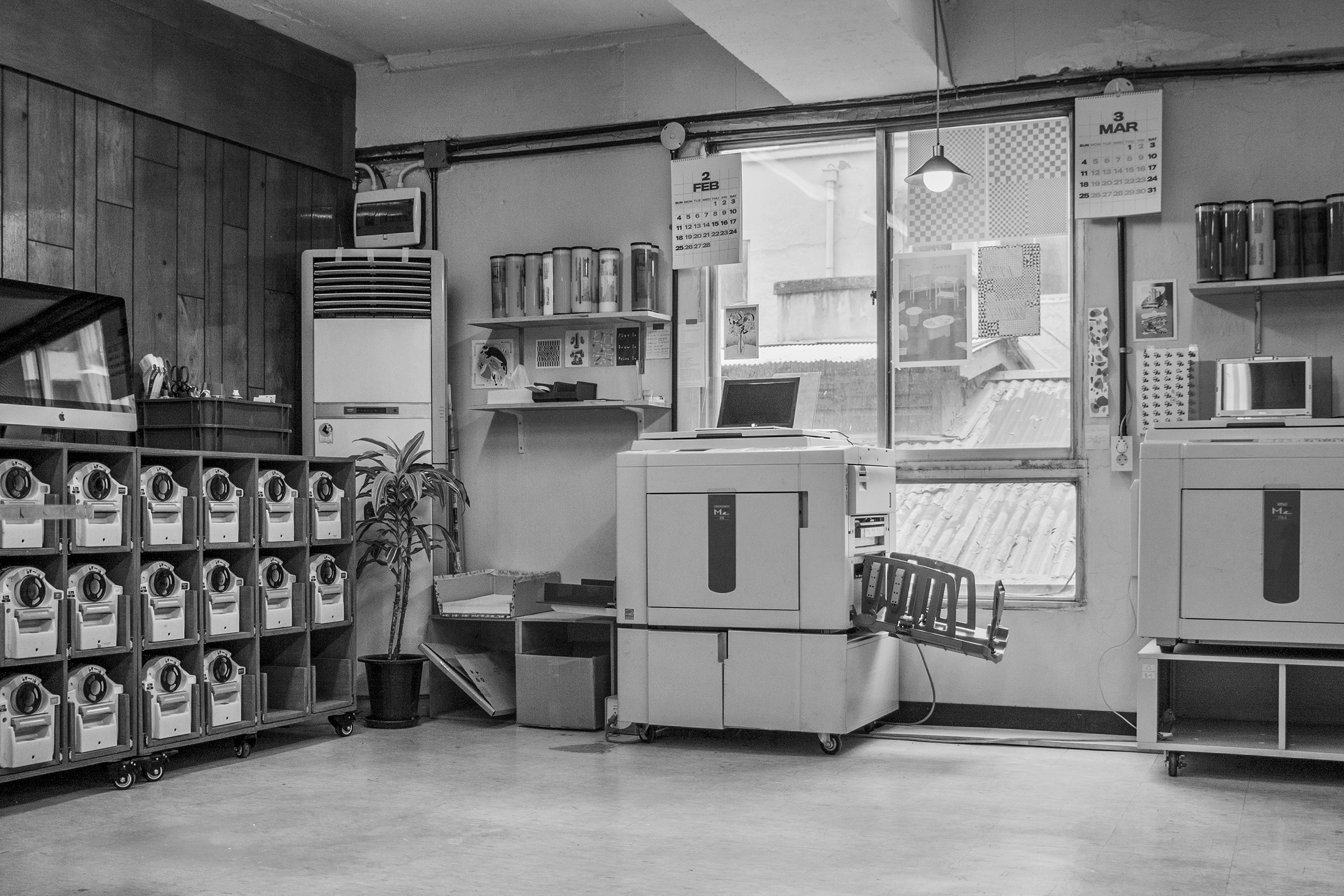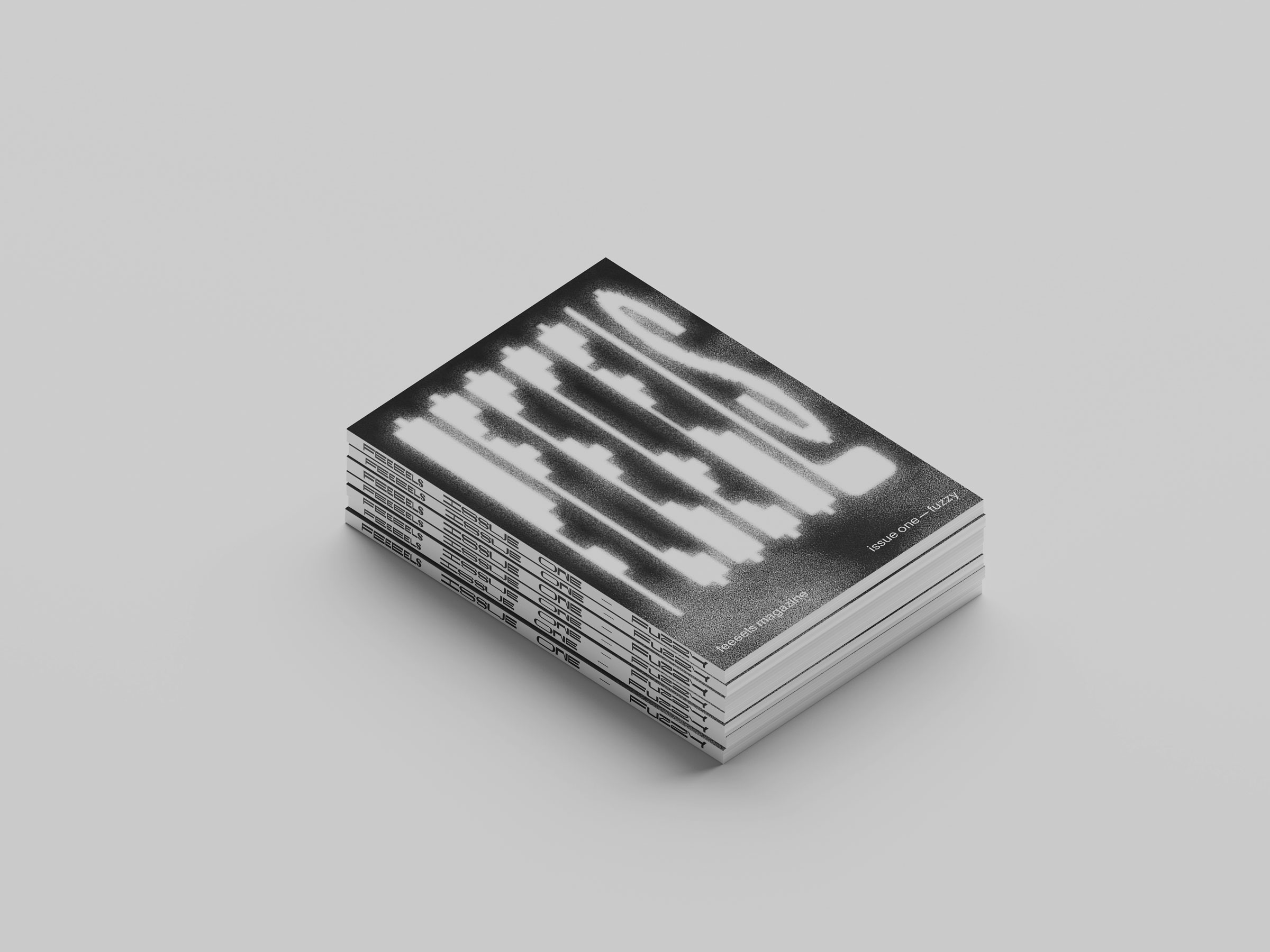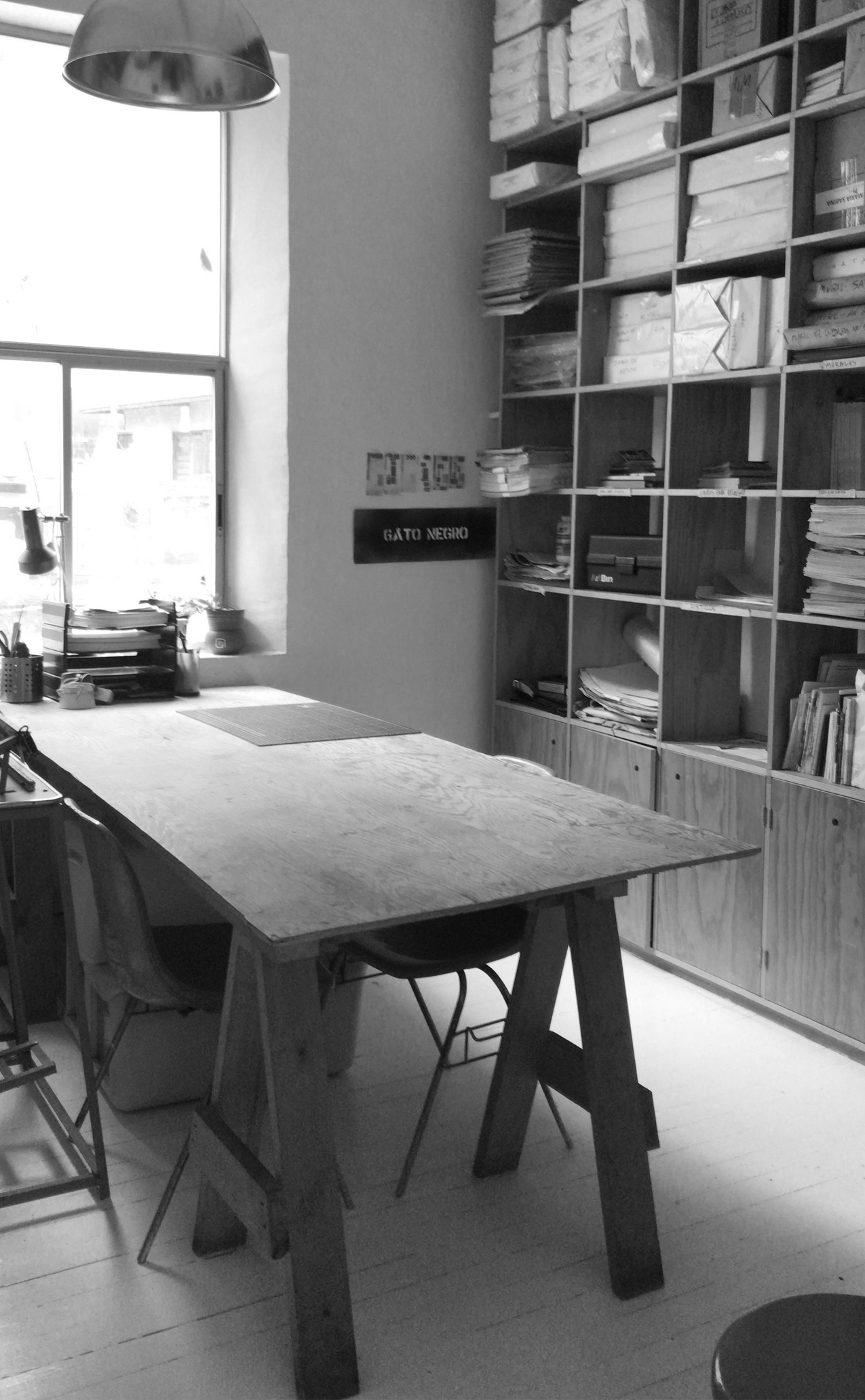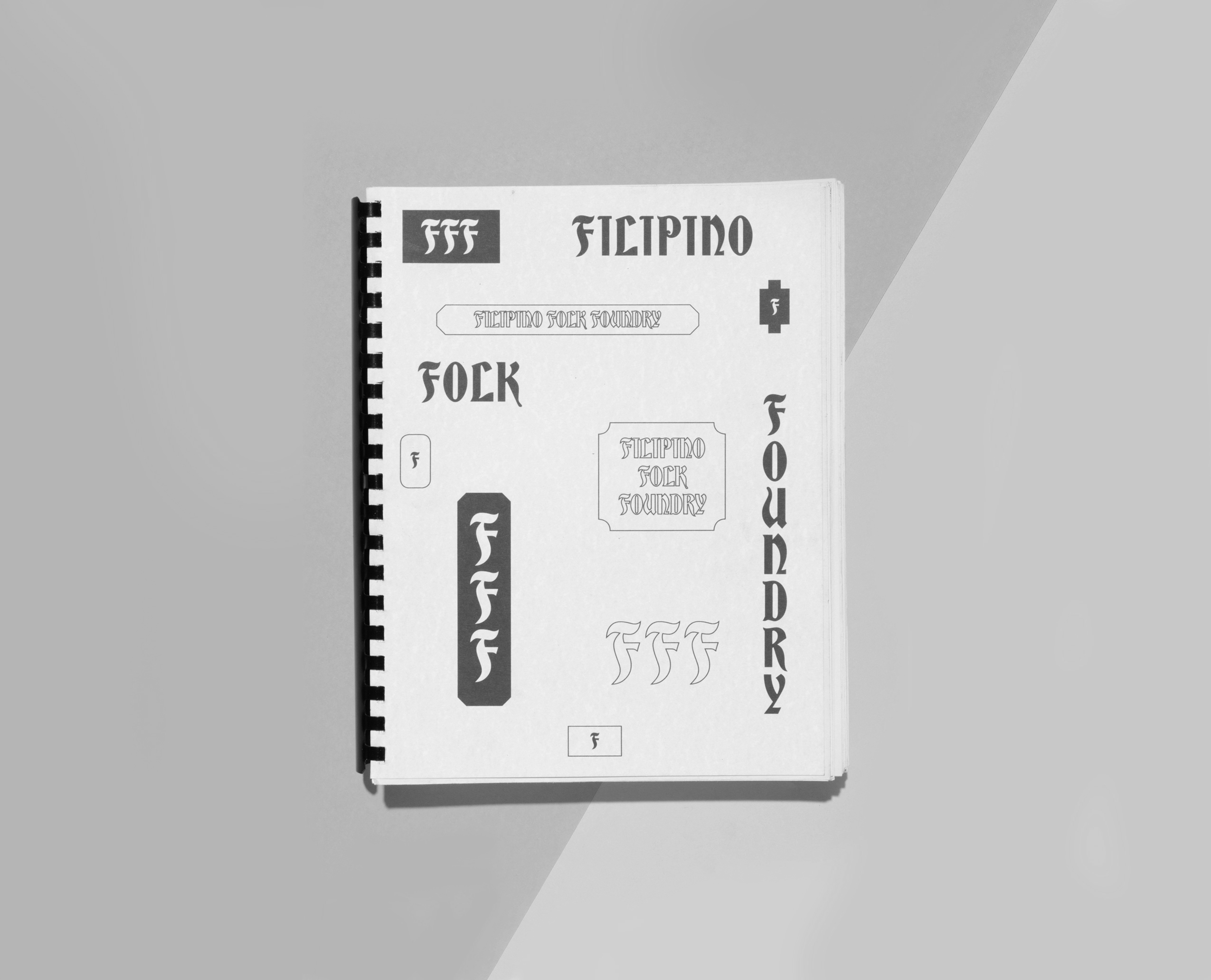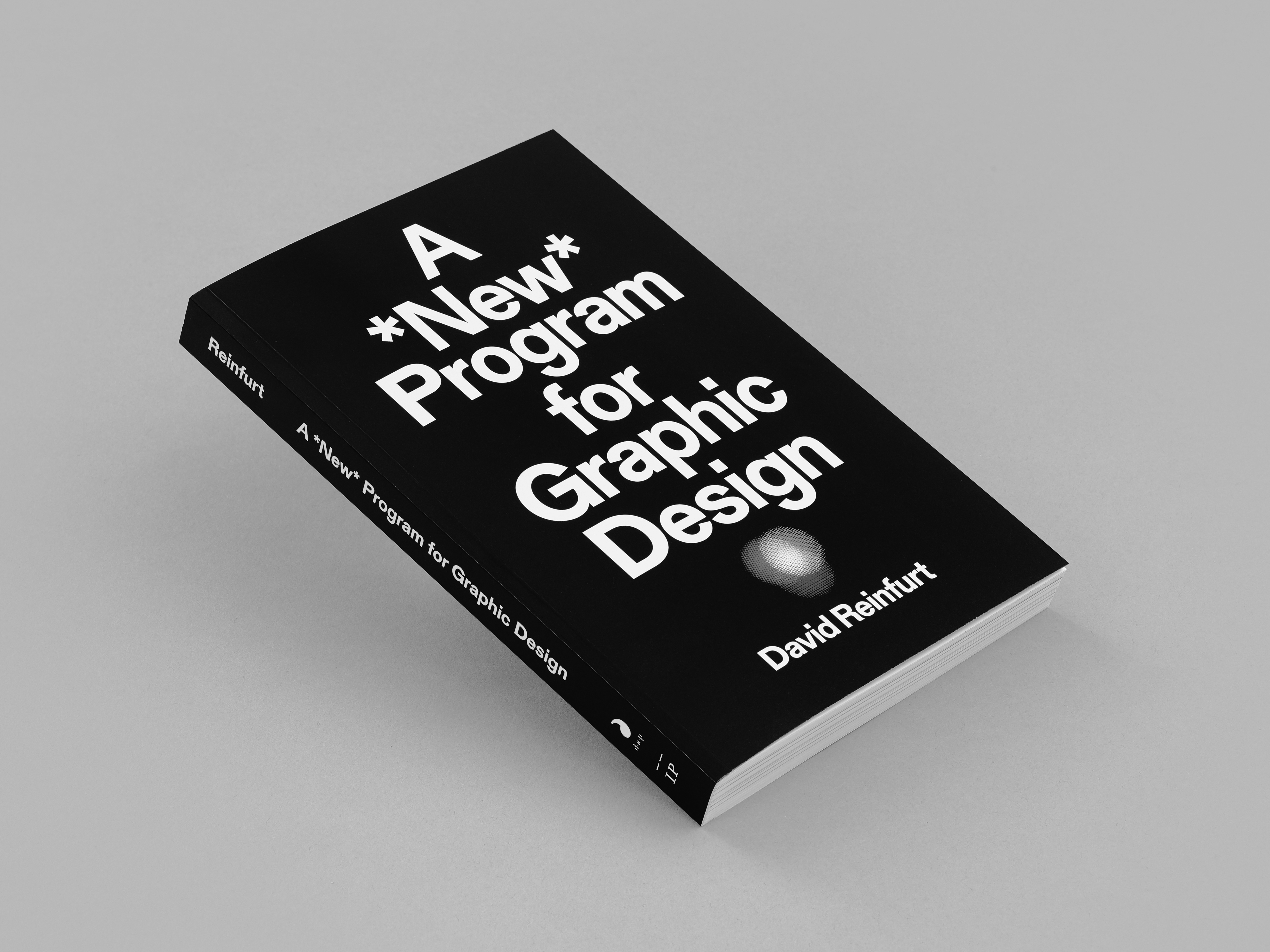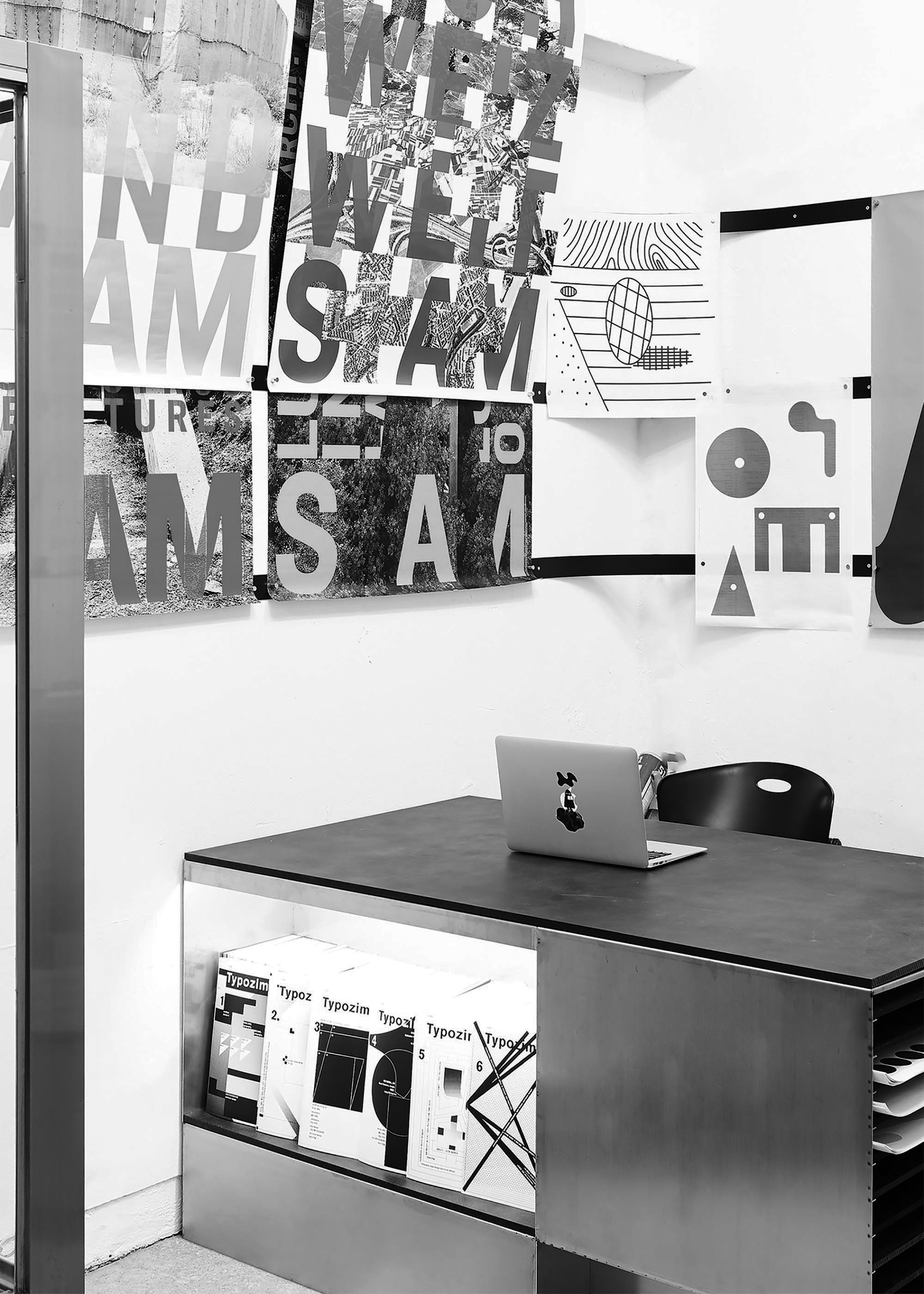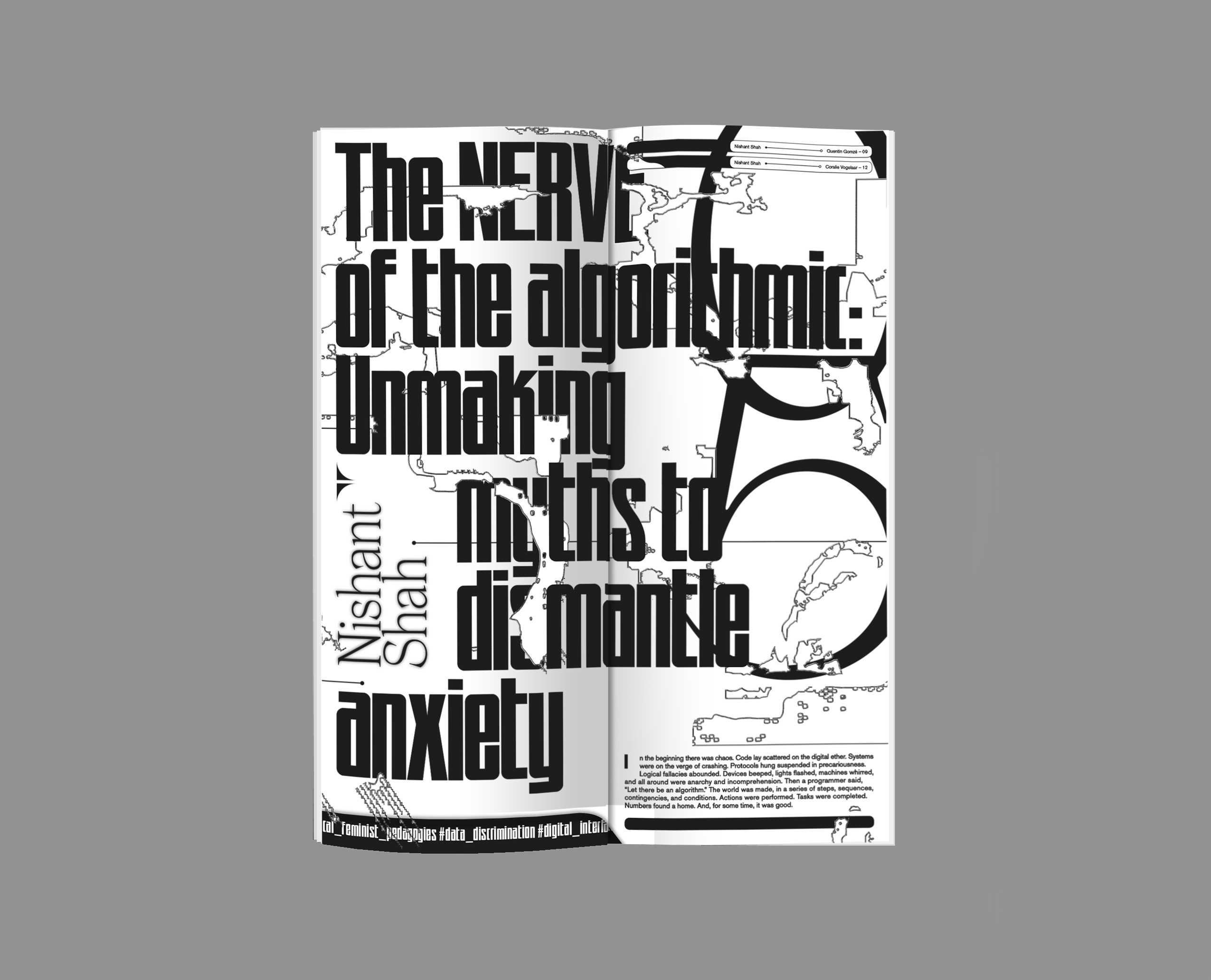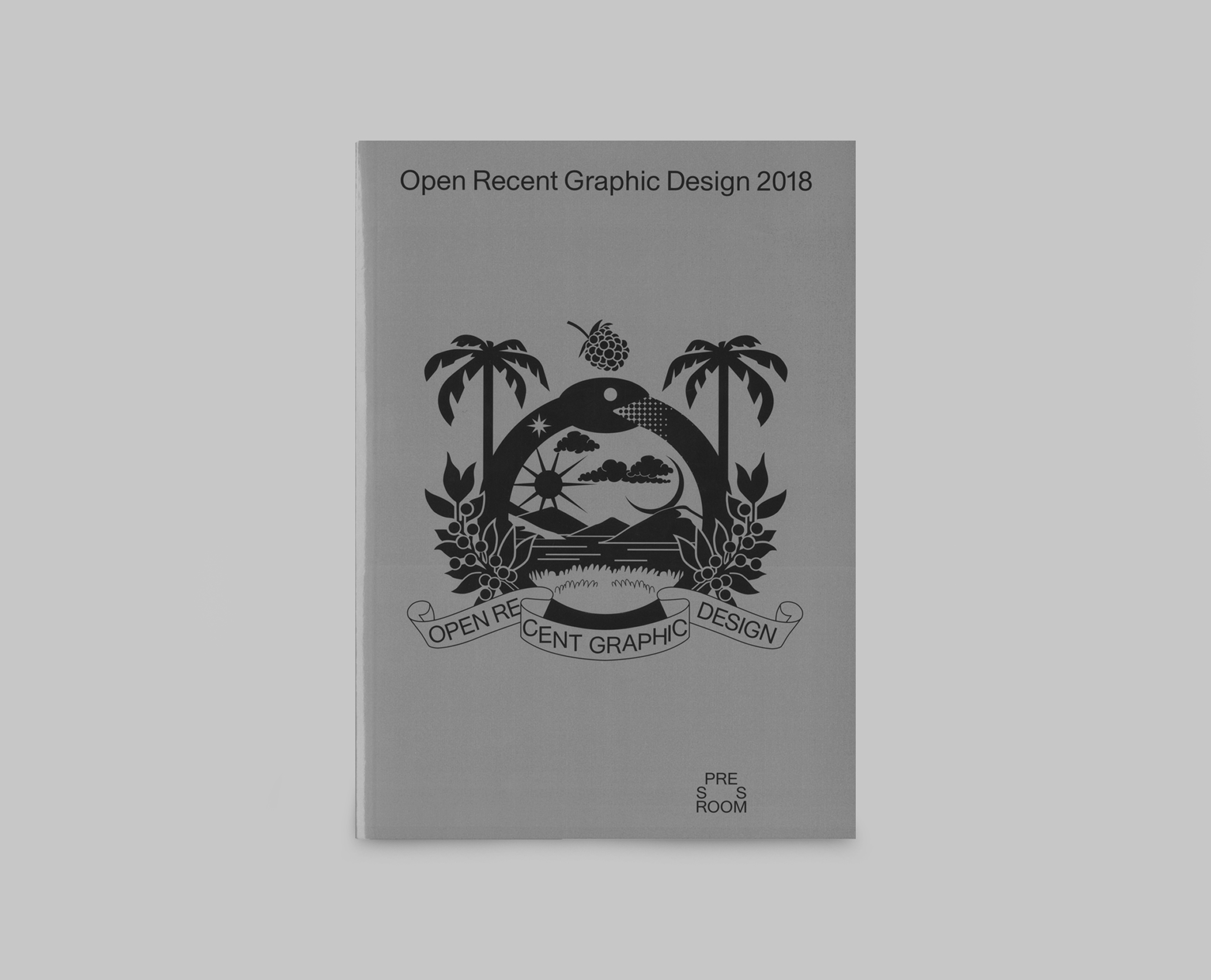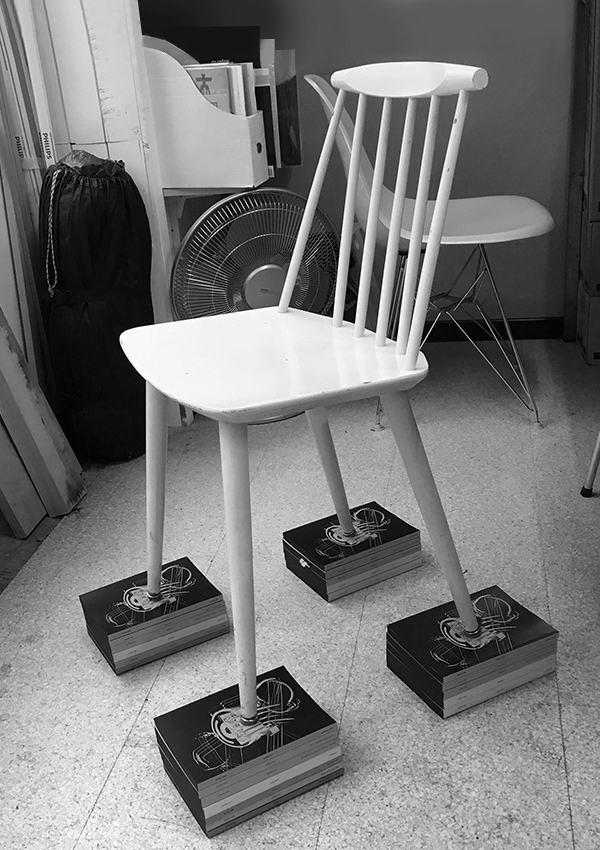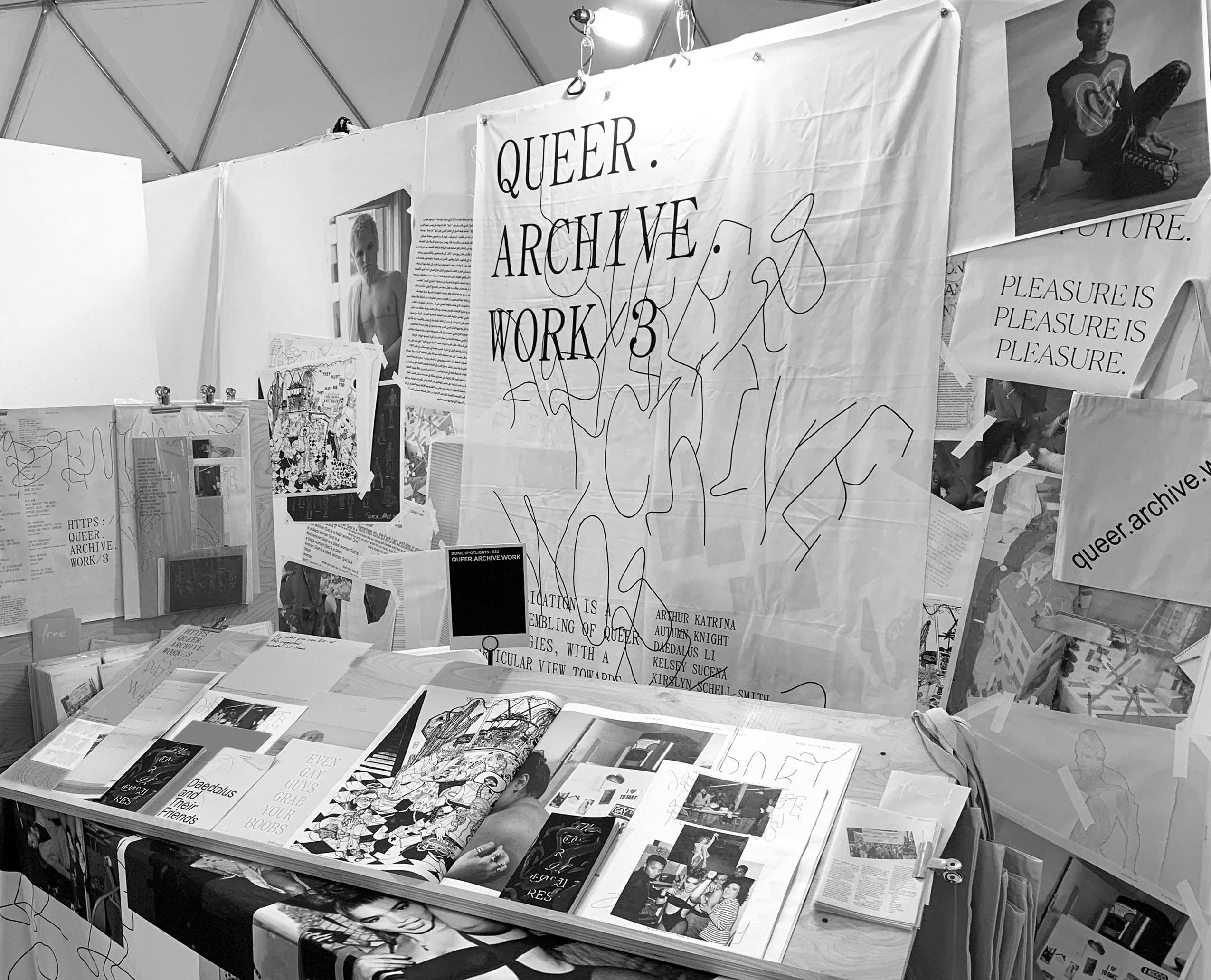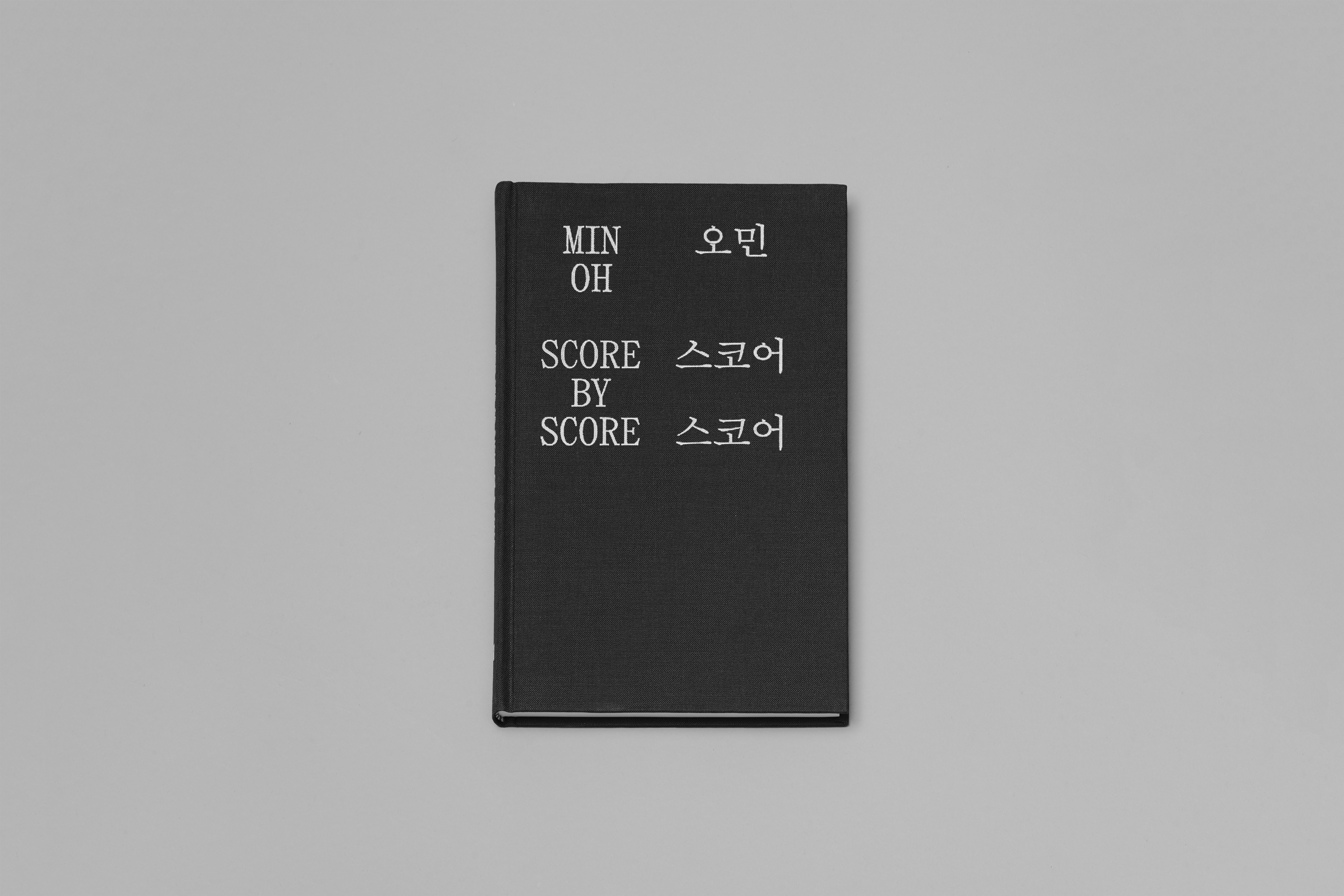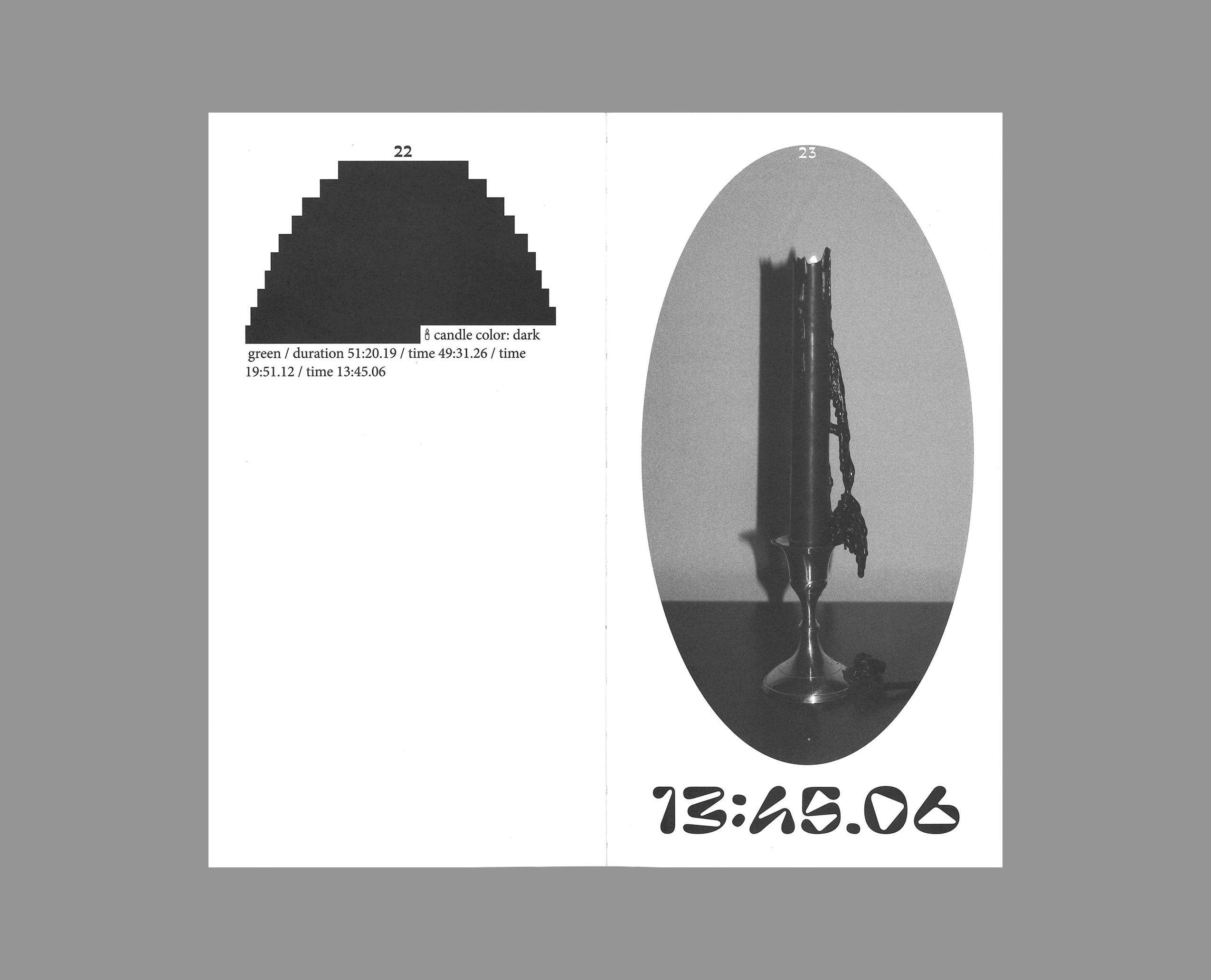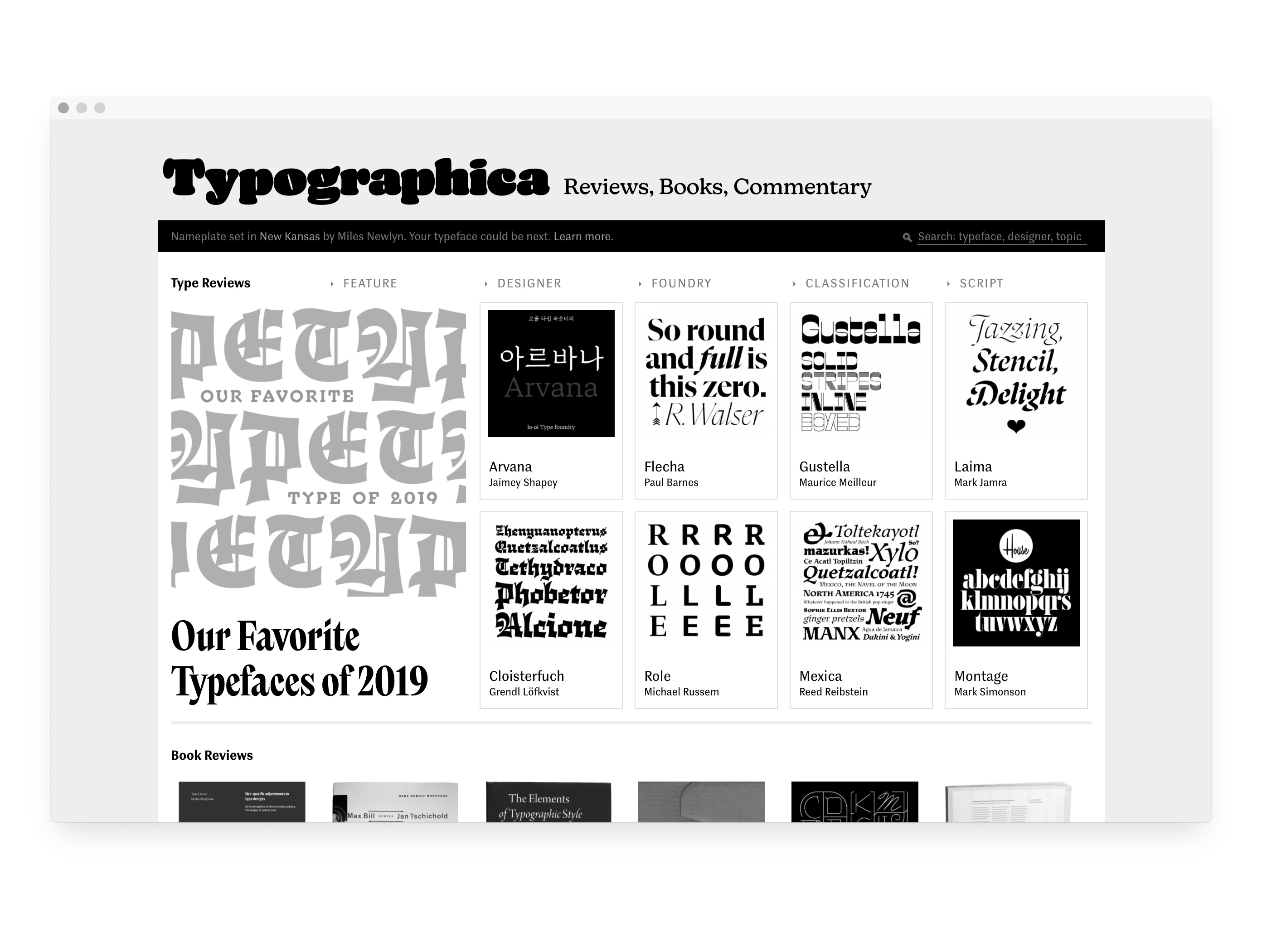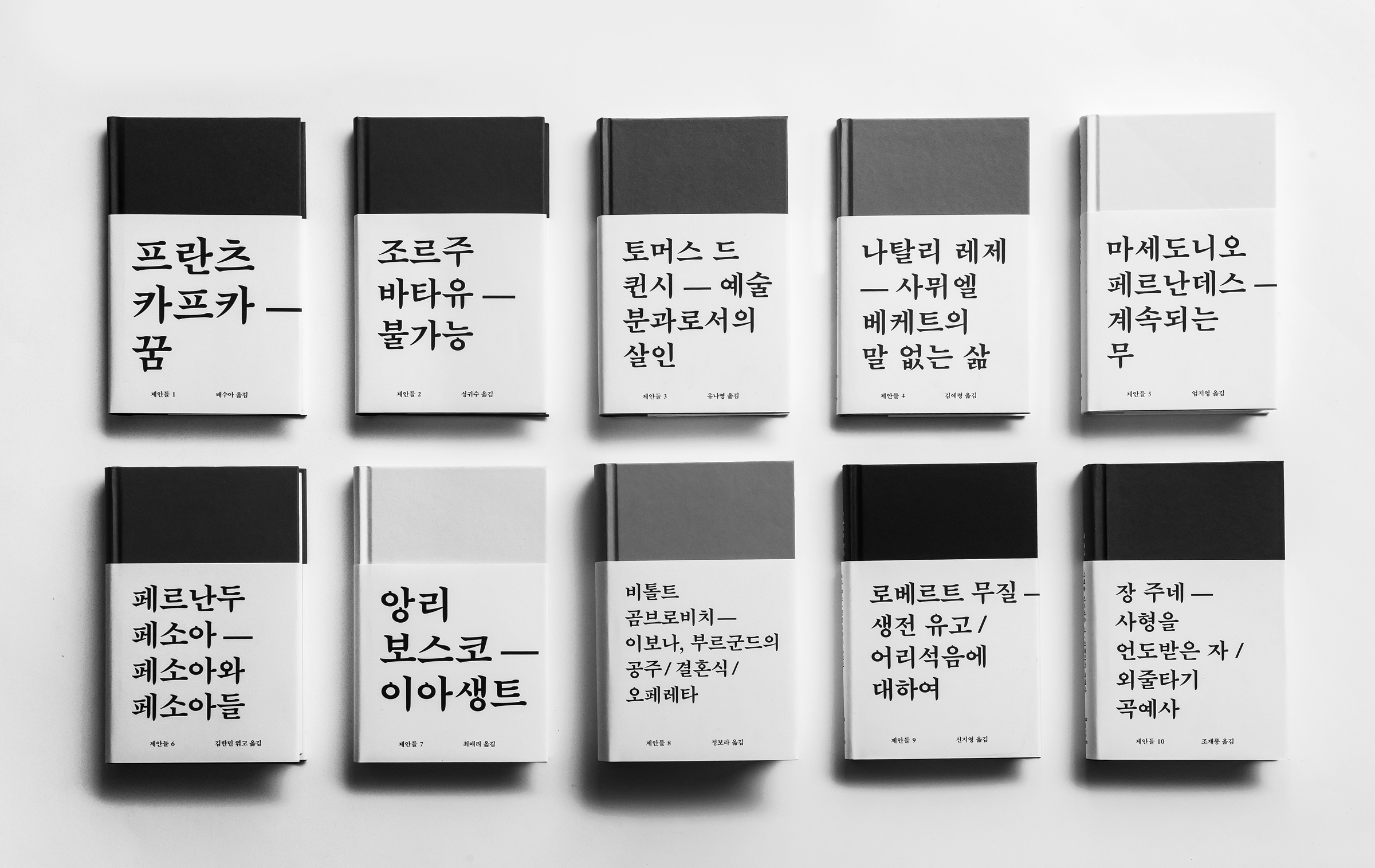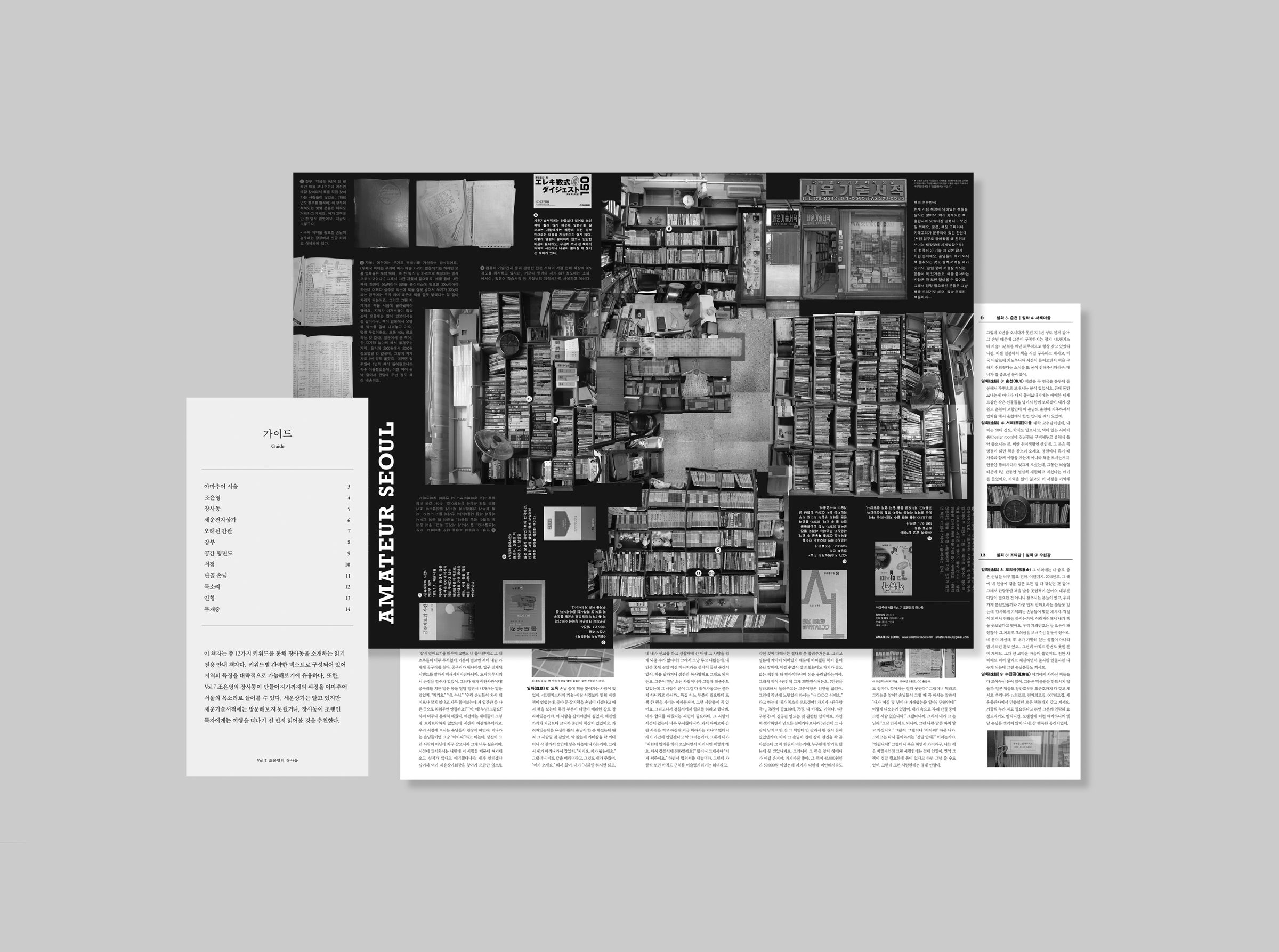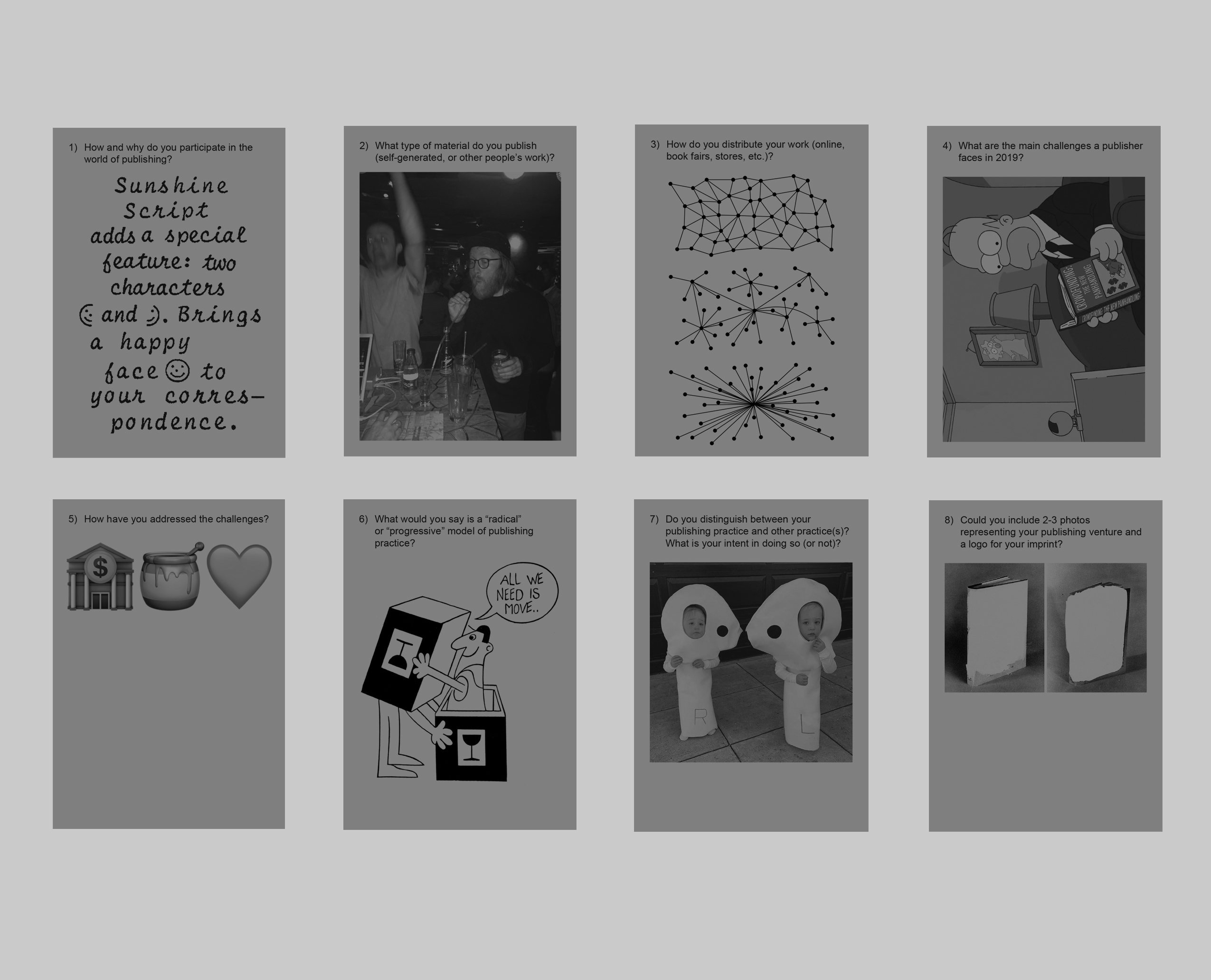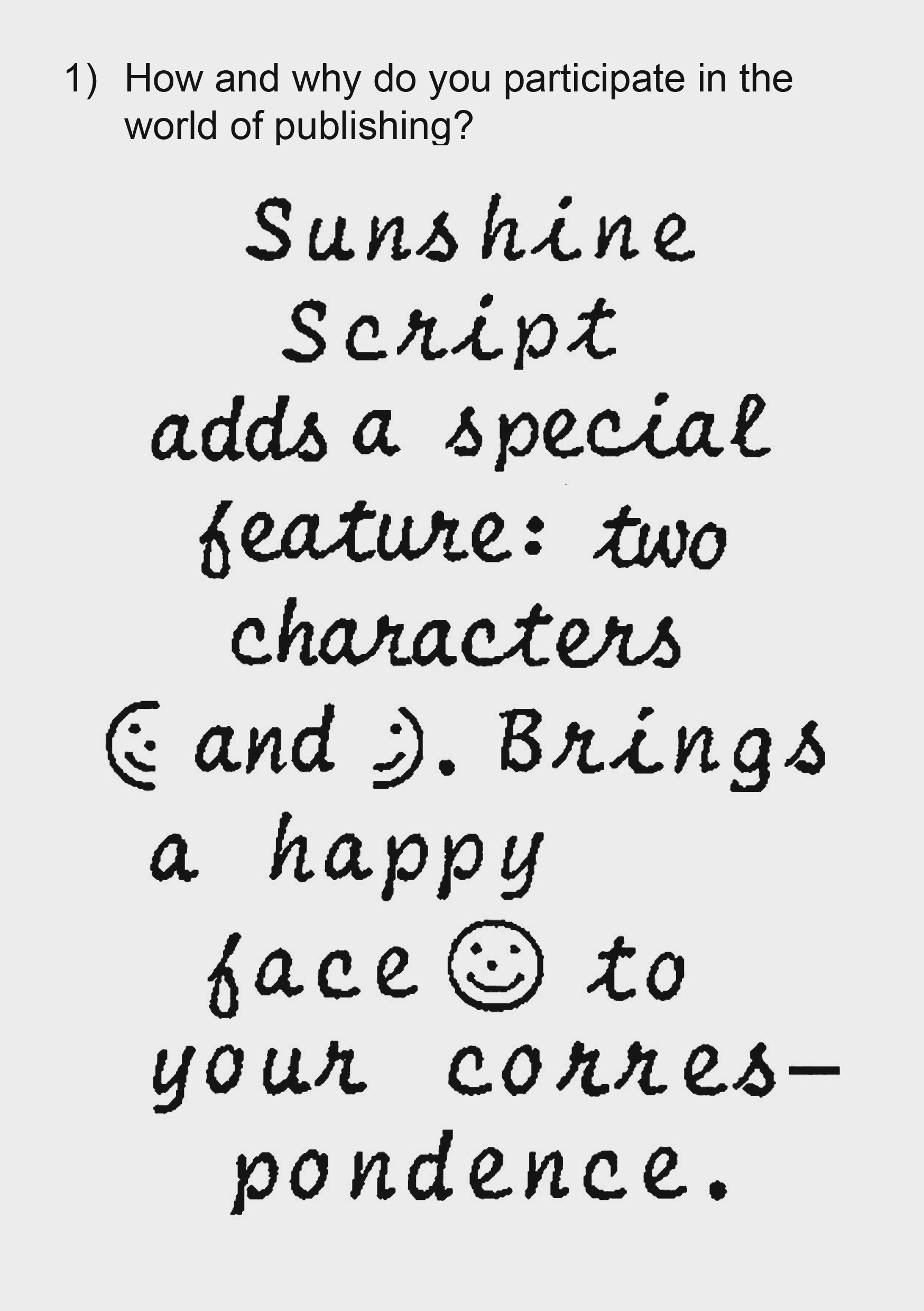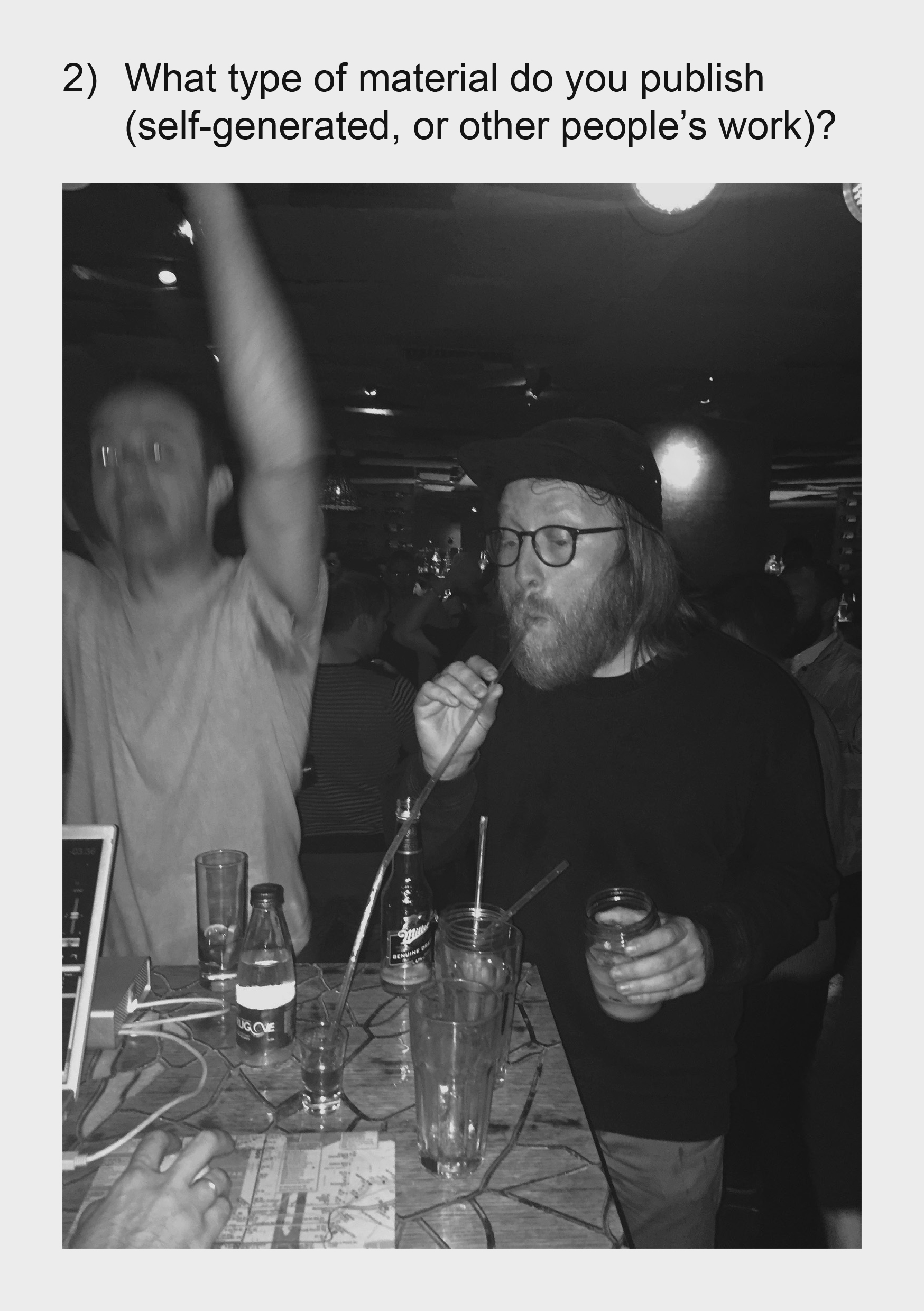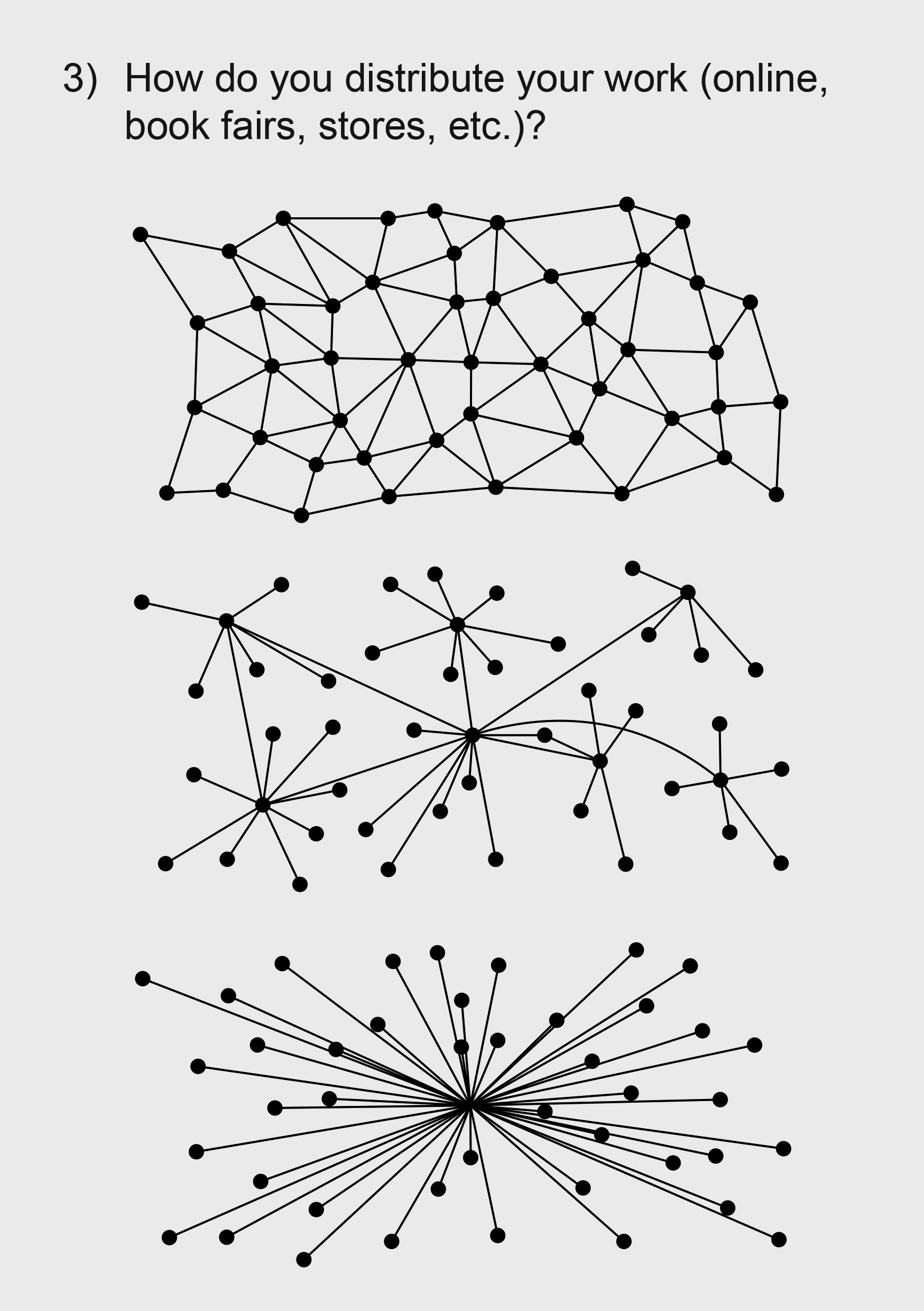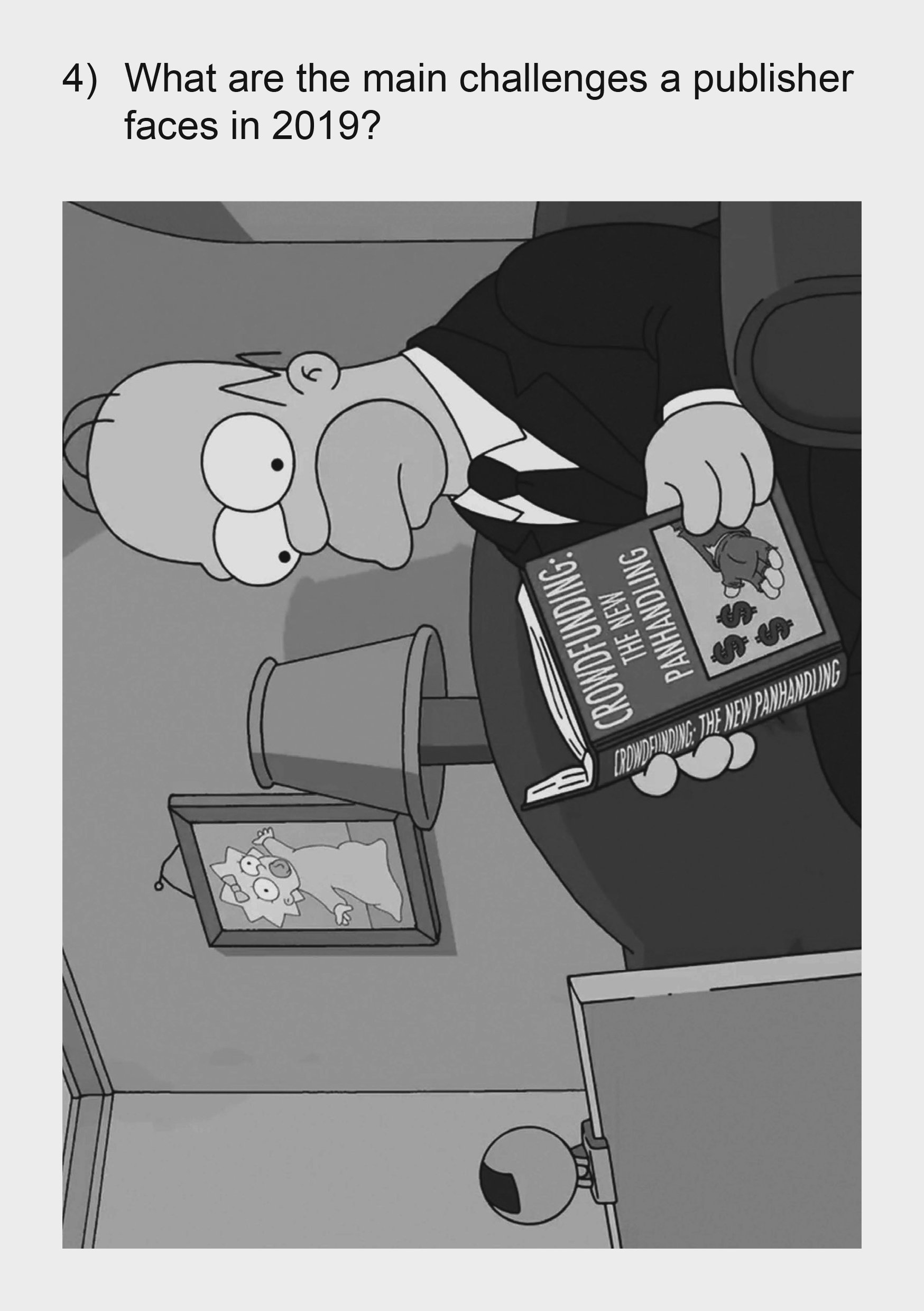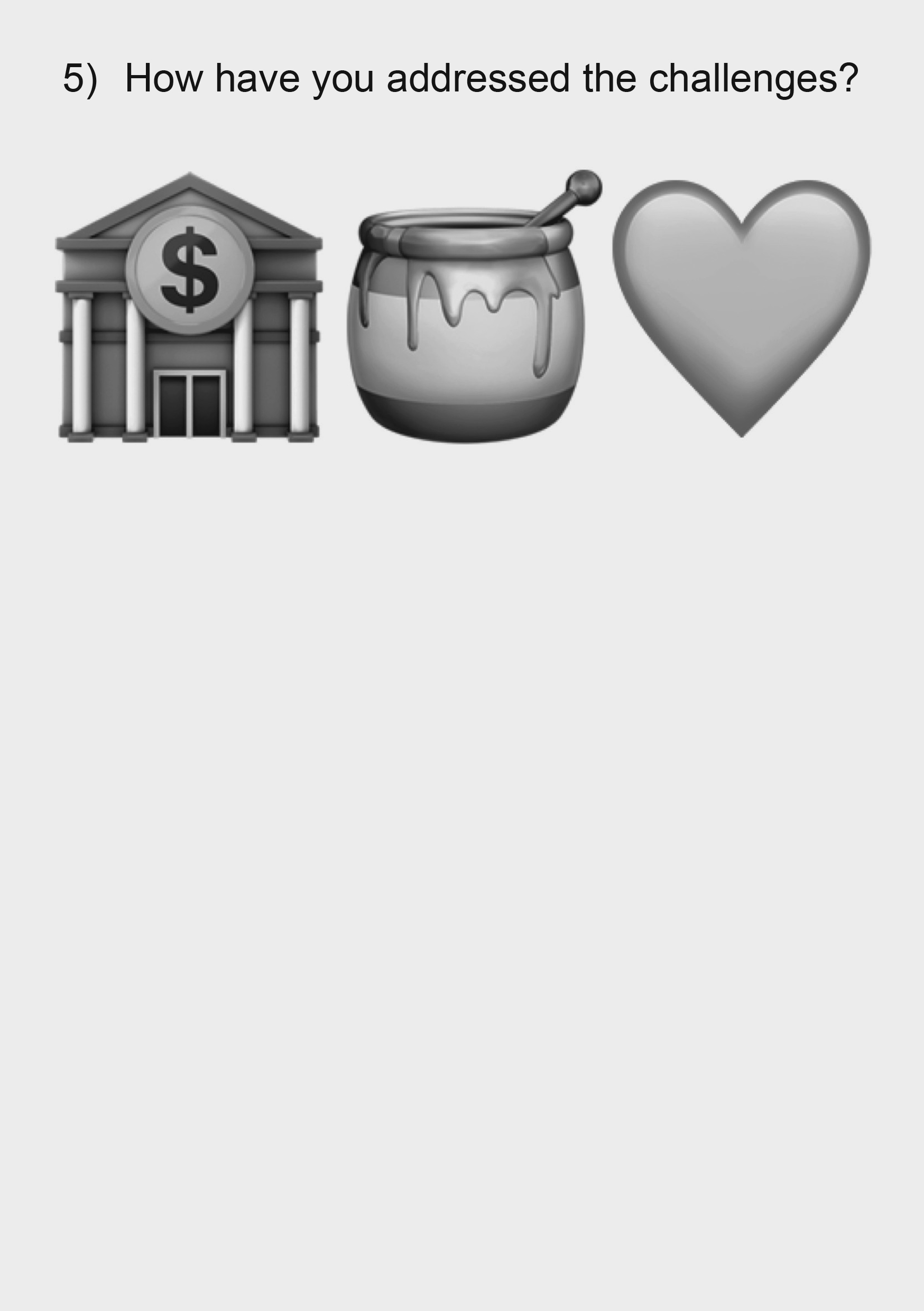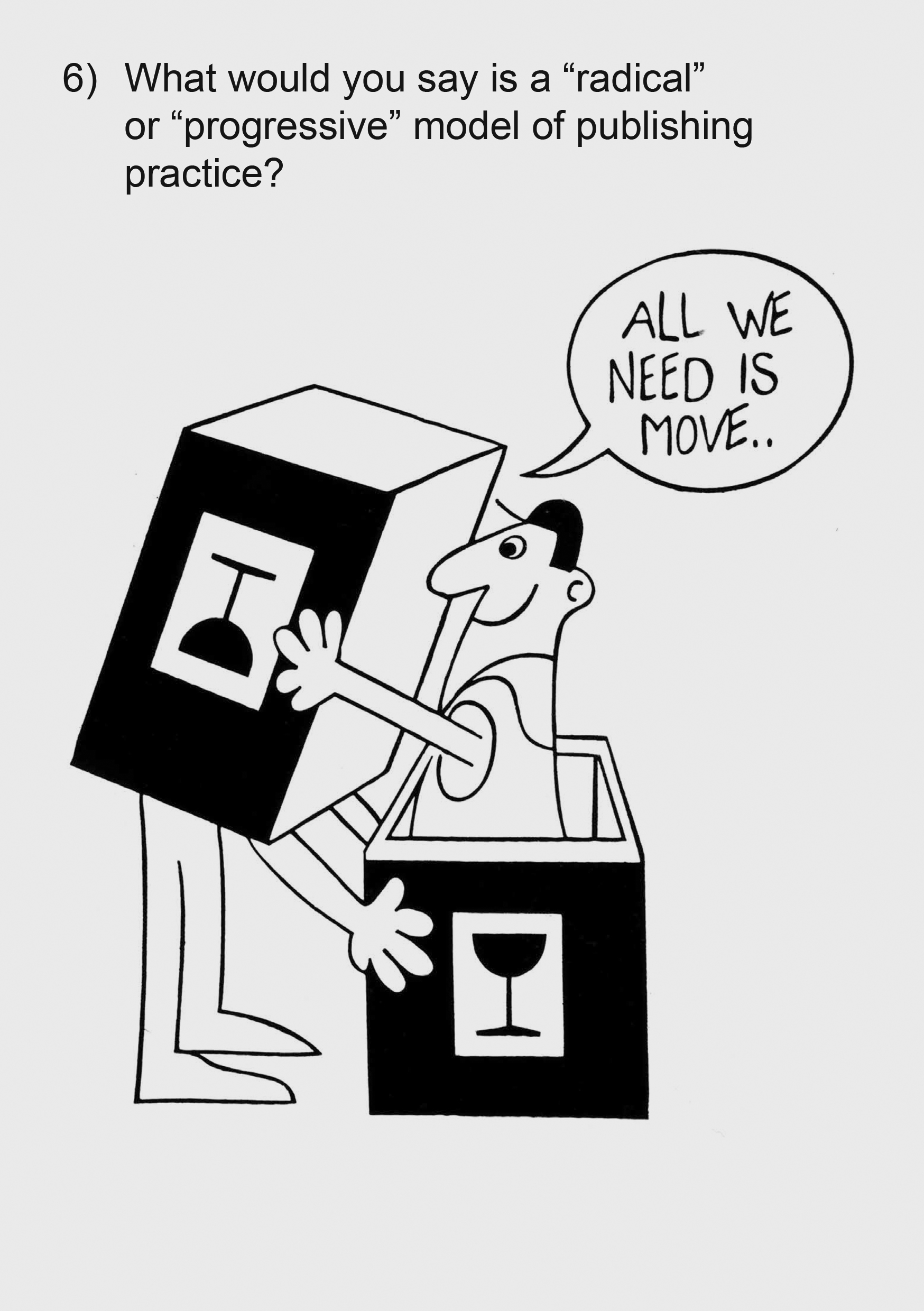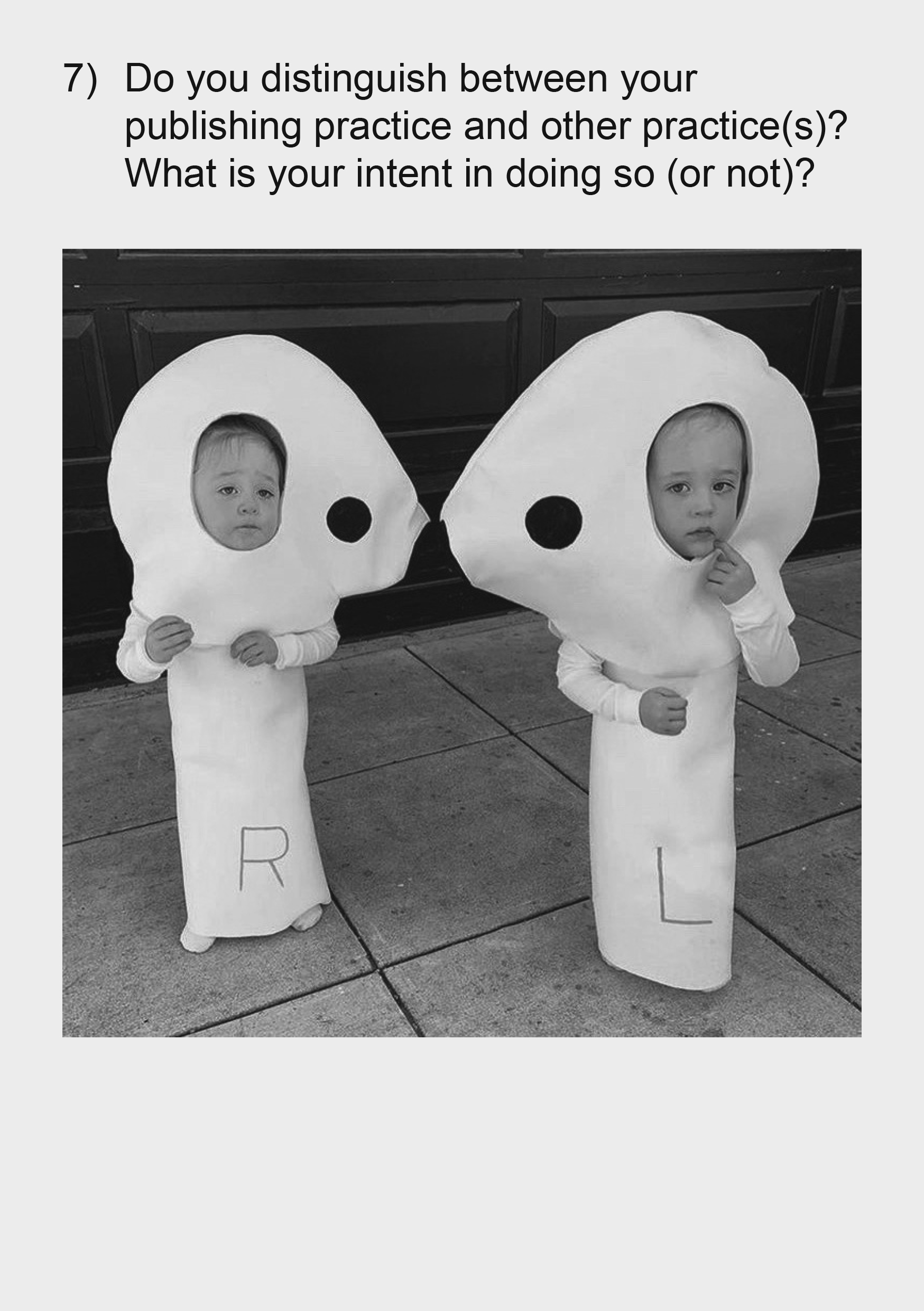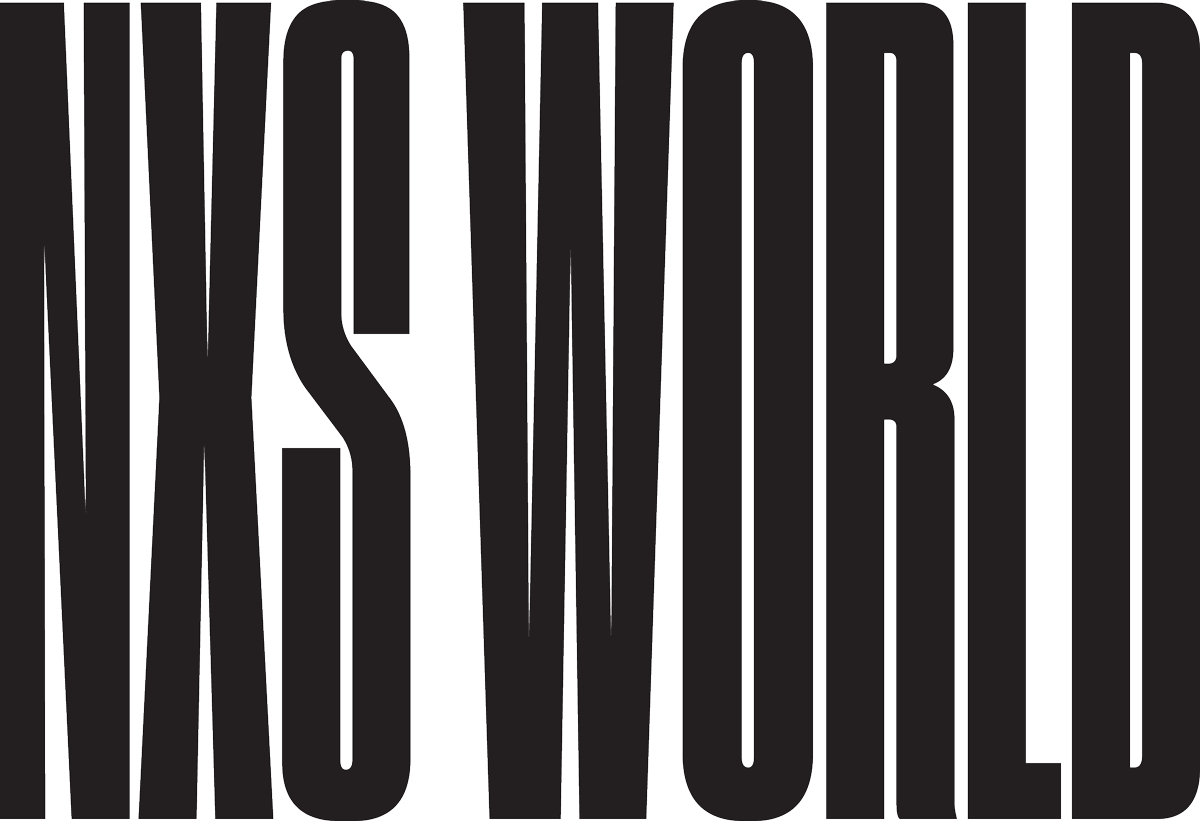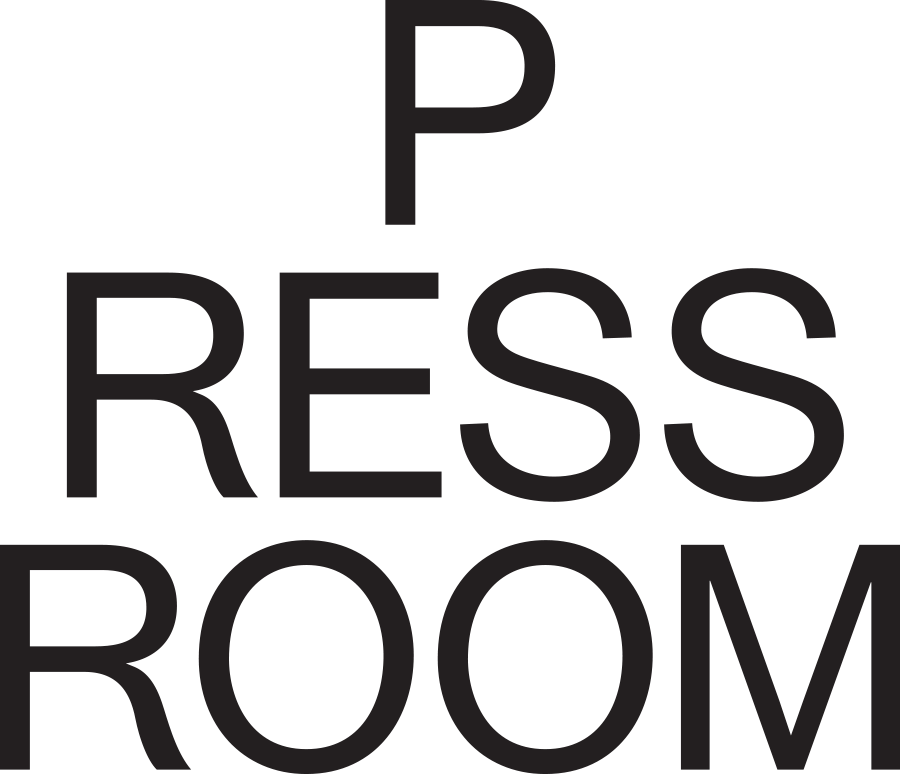Thoughts on Publishing
Christopher Hamamoto, Will Ruby, and Jon Sueda in Conversation
For onpublishing.page, 08/1/20
CH: It’s been an interesting process moving this publication online. As with so many other projects, and aspects of our lives, this transition to self-isolation and mandated shelter-in-place orders, has been such a shock. It’s interesting going back and reading these interviews from, at most 11 months ago, and some as recent as about 3 months ago, and seeing how different our concerns were then.
JS: Yes, our reality has changed so drastically in such a short time! Some of the challenges of publishing are the same, but this pandemic has put a huge wrench in the many of the production and distribution channels… most obvious being many arts and cultural institutions have been closed since April and have pressed pause on most publishing ventures…, All book fairs are being cancelled for the foreseeable future, and there was a period where people were generally concerned about potentially infecting themselves through mail packages and spending money on non-essentials. As a result of this the printing industry is also going through a huge challenge. These new conditions basically triggered our shift from a small edition print run to a web and print on demand model.
CH: It’s surprising to me how persistent the curiosity and novelty around web-to-print publications is. I feel this would have been exercised in the many recent projects and movements related to this topic – like Paul Soullelis’ Library of the Printed Web, and the entire New Aesthetics movement. As you’re saying, shifting our project to web-to-print was driven by necessity whereas in some other cases perhaps it was more of an indulgence. Stating all this in text makes me think about our own motivations for converting this to a web and print on demand project. Personally, I find the accessibility to achieve such an effort, combined with the lack of commercial offerings to do so without making something custom, to be a big motivating factor.
WR: We opted for a simple content management system for the book that is a refinement of one I had built for other projects, which enabled us to structure the book in a way that was suitable for print and web without needing to bodge around the assumptions of a more traditional CMS or hand code the online and print editions individually. Evan Brooks' Bindery Library was indispensable in managing the book collation and printing workflow.
CH: I also wonder if this move will spur a different way we think about publishing, and rekindle some of the debates about hypertext publishing that defined the early web. I feel like book fairs and arts book publishing are almost in opposition to those movements, but the forced closure of so many spaces seems to present a new challenge to traditional publishing that can’t be ignored. In my opinion it would be great if this spurred more designers and publishers to embrace the web as a publishing platform, and create works in digital contexts from their perspective. I suppose that is what we’re doing with this project. Also, maybe I’m speaking from an American perspective that sees no end in sight to the pandemic, while the rest of the world may be able to return to the established model in the coming months.
WR: The notion of a singular printing or edition obviously goes out the window when readers can recombine and print on demand as desired. "The book" in this context has to encompass all the machinery, the HTML and CSS, the server, the underlying content, the templates for the pages, the code to collate them, and the means of printing. Drawing attention to its own publishing to a degree a more traditionally constructed book might not. This is particularly visible, I think, on the cover for the on-demand print version of On Publishing where the logic of: "randomly place logos of those studios that have been included in this particular compilation so they do not overlap at one of a number of sizes" spans fifty lines of code that form the canonical notion of the cover.
CH: I do think there’s a certain irony in how the whole apparatus surrounding the book becoming a printed object is foregrounded when it’s moved on to the web. Additionally, there’s the whole infrastructure of using an on-demand publisher for those who choose to print the book that way after compiling the website as a print-ready pdf.
It makes me think perhaps we should have added the source code, or an abbreviated version of it, to the printable pdf to make that process even more evident. Maybe that can be a supplement we make at some point…
JS: I agree that revisiting the web as a publishing platform is interesting. Being a very print oriented person, I also hope that new types of material objects can be generated as well. I think that is why I'm compelled by the idea of a web-to-print model. I’m still very inspired by some of Jon Caserta’s early “Web to Print” projects like his Design office web browser generated fliers as well as the Print Wikipedia project by Michael Mandiberg. I also still appreciate many of Dexter Sinisters “Just in Time” print production models which they describe as “avoiding waste by working on-demand, utilizing local cheap machinery, considering alternate distribution strategies, and collapsing distinctions of editing, design, production and distribution into one efficient activity.”
CH: I suppose a lot of our effort is possible due to the open source ethos of the software development space creeping into the book production space. It’s interesting now seeing the how the printing industry is thinking about the reverse.
JS: It seems like many publications are now offering material for free download, and a few Book fairs have tried remote models, like the RISD Unbound Book Fair that occurred in late April, and this months's Vancouver Art Book Fair.
CH: Have you participated, as a visitor or exhibitor, in the online book fairs? I’m very curious about the experience. I feel a lot of what keeps the art book fairs going, which we’ve talked about in the past, is their community as well as the social signalling involved. In the online model it’s much harder for me to see how this is achieved… the platforms we use to communicate online are so prescriptive in a way that makes spontaneity difficult. Fortunately, it seems everyone is experimenting with this!
JS: I have not participated in an online book fair, but looking at some of the online material, it seems like most fairs want vendors to be online (sitting at their virtual tables) for the duration of the event. I’m wondering if there will be some type of live interaction between vendors and customers, not unlike online portfolio days where you sit in a virtual room and give live feedback to people who link you to their work online. I’ve participated in these and in most cases the interfaces are super clunky and awkward to use… seeing the rise of so many virtual conferences and independently generated live events, I think there is interesting territory to be explored. Offprint cancelled its 2020 Book Fair at the Tate Modern, but replaced it with a digital platform which includes a series of video presentations and interviews, with links to websites and resources meant to support publishers during this challenging time. The LA Art Book Fair also posted short youtube studio tours which were also nice to see. Printed Matter has recently sent a call for entry for the 2021 Virtual Art Book Fair. It will be interesting to see what they do, since they have been the standard setters for all other book fairs.
I wonder how not only the pandemic but the civil unrest around the Black Lives Matter movement will change our priorities toward what is published and how publishers use their capabilities? During the months of protests around the Bay Area, I know many publishers with RISO machines donated free printing for protests or BIPOC owned businesses. New economies of publishing are emerging as we speak.
CH: What you mention about civil unrest and Black Lives Matter, and designer/publishers responses has been very inspiring, and I think is a good counterpoint to my more fatalistic views about publishing during COVID. I feel it also points to new ways designers and publishers are engaging in activism today. From fundraisers such as Quarantine Zine by Catalogue, and Boot Boyz Stuart Hall / Frantz Fanon shirt, which give platforms to many artists/designers and radical ideologies. The donation of design and production services from groups like Colpa Press, Companion–Platform, and many others via spontaneous organizing on Instagram and mediated by groups such as Collective Power. To designers creating online resources for finding bail funds such as dedicated websites or tools to embed a list of bail funds via an iframe in any website. All signify a renewed focus on sustainable economic models and mutual aid that I hope is setting the groundwork for a larger movement in this direction to come. CONTINUED IN NEXT EDITION
Christopher Hamamoto and Florence Fu in Conversation
For Around Seoul* at California College of the Arts, 1/5/20
CH: The motivation for making this version of On Publishing stemmed from an interest in the South Korean graphic design scene and culture, and I thought of it as a device to research what was happening in the region, among other things. Did you think of the publication in the same way?
FF: Absolutely. I’m also intrigued by South Korean graphic design and visual culture, and appreciate this opportunity to learn more about the context in which these designers and studios approach publishing and circulating their works.
The responses illustrate a certain vibrancy and uniqueness of Seoul’s publishing culture that vary from studio to studio. At the same time, there are definitely threads that illustrate a collective experience around publishing both locally in Around Seoul*, and in a larger context within On Publishing. Instead of collapsing and presenting one view on what South Korean design may be, the end result really surfaces the nuance and becomes more of a launching pad for further discussion. What was one of the most interesting insights for you? What would you want to further investigate?
CH: As you’re saying the variety of responses are intriguing, but it also makes it difficult to pinpoint one thing as the most interesting. I hope it’s OK if I list a couple things instead…
I found it interesting how the tendencies of a language – Yejin Cho described Korean as an implicit language for instance – build in structures that not only make it difficult to translate text from a word count, spacing, etc. point of view, but also in that some concepts may be unique to a specific language. It makes me wonder how these specific characteristics of language manifest in visual form.
Additionally how both local and global the independent publishing industry in Korea is: being supported by the local resources that make printing affordable and a community of interdependent publishers that support each other; as well as designers studying abroad and publishing in multiple languages.
FF: I also enjoyed the range of responses to the question for whom their publications are created. Sulki & Min wrote that when a book is created, it creates its own temporary community, and its purpose is in its existence not by its reception. Amateur Seoul creates books to offer new ways to look at Seoul from their unique point-of-view. Their “tour guides” introduce hidden, unexpected locations that are meaningful for both locals and foreigners. Jude Kang’s works are quite personal, reflecting his interest in graphic design at the current moment. His Typozimmer series becomes a visual archive of this change over time, and gets shared with a wider audience by the act of publishing.
From this project, I’m also intrigued by the typographic considerations and challenges. Type is a core aspect of publication work, and given that designing Hangul typefaces requires a lot of time and production effort, it is not a surprise to me that designers lament their limited choices. As they’ve mentioned, it becomes even more limiting when designing a bilingual publication to match the typefaces themselves, and working on translating and managing content. However, given that the type design scene in South Korea is so vibrant and active today, with more designers establishing independent practices, I’m hoping that if we were to revisit these questions in a few decades or so, we would see excitement around new and more options for type, and an engaged exchange/collaboration between type designers and publication designers.
CH: I am also intrigued by the limited type choices today considering the amount of activity happening in Korea in all sectors graphic design touches on. It makes me wonder about the market forces that drive graphic design, and how economic demand shapes type production of specific alphabets. The number of helvetica-derivative typefaces perhaps being indicative of the institutional forces that perpetuate ideas about aesthetics. I wonder how the development of Hangul typefaces in particular has been impeded due to the suppression of the Korean language by Japanese colonizers. These are things I am sorely under-informed about, and I feel necessary to research to better my understanding.
One thing that I struggle with about the project being a regional survey, is if that distinction by region is productive? I suppose it’s the push and pull of identifying the complexity of a group while still having a sense of coherence behind what you’re presenting that one hopes for. Still, I wonder if this sort of national / cultural divide makes sense today?
FF: I totally understand that feeling of struggle, I often come across it in my own work when researching and writing about East Asian design. I think it’s important to acknowledge and own up to our position as outsiders, and do the homework required to approach these projects thoughtfully. A regional study can be a lens which we look through, instead of a static object itself. We can ask, “how is this view connected to a bigger picture?” I think if we focus too much on the lens in and of itself it gets disconnected from something greater, turning into a regional study where its very isolated examination creates distance and emphasizes its “otherness”. Several of the designers in On Publishing are also featured in Around Seoul*, already creating a two-way flow for understanding why designers, no matter where they are, publish. The designers in South Korea, like you’ve mentioned, illuminated their local experiences and revealed the interconnectedness of publishing that occurs beyond, on a global scale. Holding the regional context as a shared starting point, their responses allowed me to make connections, find patterns, and even recognize where they as individuals might diverge on their views or experiences.
Christopher Hamamoto and Jon Sueda in Conversation
For SFMOMA Small Press Book Bazaar, 12/8/19
JS:I first started making publications as a way to document things I was interested in. I felt like unless you capture knowledge and make it a material thing that you can share, it might not even exist. I also like the idea of an autonomous platform for research and experimentation that is not dependent on external sources.
CH:What you’re saying about publishing’s ability to make something "real" which otherwise may not exist is interesting. In particular, i’m interested in the idea that publishing can insert itself into, and influence, different time periods – like a publication can live in the past, present, and future almost independent of when it’s actually published. I think this autonomy and agency is reinforced because in self-publishing you can control every step of the process – from writing, editing and design, to production and distribution, which makes self-publishing feel really concrete in ways few things do.
JS:The act of producing and distributing publications seems like an act of resistance right now. All aspects of the way most people access information are counter to the idea of waiting for something to come in the mail, holding a physical thing in your hand and spending time with it. The intimacy of the object is also important to me. That aspect helps me overlook the fact the we often only make editions of 100, and only very few people see the material we produce. Maybe that makes it more special?
CH:I do think it makes it more special, but I also think it’s worth considering ideas around scarcity. While in my opinion online distribution and publishing isn’t as egalitarian as it’s often described, when something is limited to 100 copies it does put a premium on those copies. In the best case, I see that type of scarcity generating a community in a (good) cult-following type of way. And in the worst case scarcity creating a consumer impulse around these limited-edition objects in a way that fetishizes them. In general, I enjoy that the independent press ecosystem seems to create community bonds rather than drives up prices. There are some exceptions of course… my bank account is suffering because I buy 2 copies of each new Karel Martens book since I’m worried I won’t be able to later!
JS:Speaking of ecosystems, people comment sometimes that we are our own audience, that book fair vendors basically support the other book vendors. We are all supporting each other’s aspiration to publish. It’s quite surprising and revealing in these interviews, everyone’s main priority is a commitment to the tangibility of print and to cultural production in general.
CH:Yes, it’s interesting that this commitment is in many ways spurred by digital communications. People are often lamenting the death of the bookstore, and rise of Amazon (which I agree are both troubling), but I think these trends are also fueling the rise of art book fairs specifically. Anecdotally, several people told me about the long lines to get in to the most recent UNFOLD book fair in Shanghai, with people waiting for hours in excruciating heat. I can’t really imagine demand for art book fair being at this scale without people both being upset and worried about book publishing, but also influenced by social media and how book fairs are now a "cool" thing to visit.
I also feel municipalities have caught on to the cultural capital of the art book fair, as it seems every mid-size city is holding them now. Which is all good for independent publishing I suppose.
JS:Not only the the death of the book store but the death of print! When I started design in the 90s the first graphic design book I owned was David Carson, The End of Print. Seems this inevitable ‘death’ has been predicted many times, mainly brought on by some new technology, the telegraph, radio, televisions, computers, etc… has publishing finally turned the tables on technology? Is social media and online distribution channels fueling the survival of publishing?
CH:Maybe it has! Judging from the interviews, it seems like social media is one of the primary ways publishers are reaching their audiences. This notion of who is benefiting who makes me wonder about how independent, independent publishers actually are.
We’re so dependent on these tech companies now from their hardware, to software, to platforms. So while technology may be fueling publishing, I also feel like they can also pull the plug anytime. I remember reading somewhere (or maybe overhearing) Experimental Jetset talking about how they have an old mac somewhere to run the last Adobe Creative Suite before it moved to the cloud and became a subscription service. That Adobe could hypothetically take InDesign away at anytime makes me feel a bit overly dependent, and also is a bit sad to me how little we’re (collectively) willing to demand for our money.

